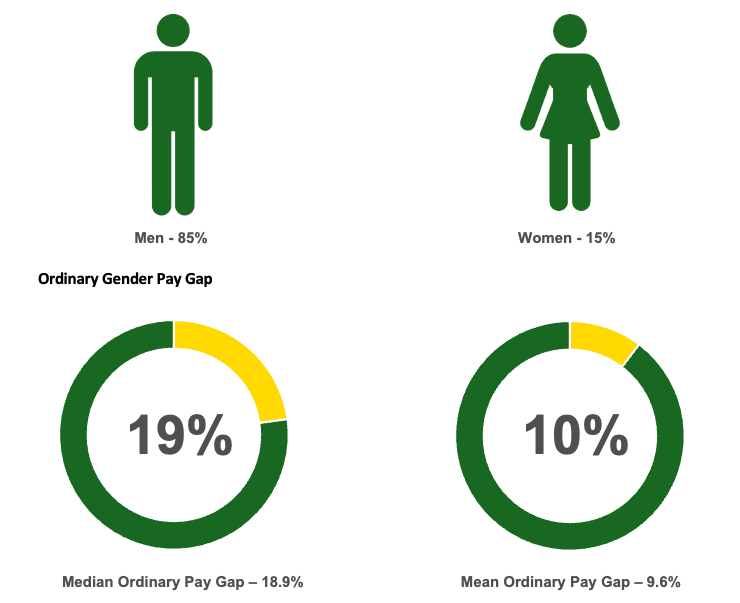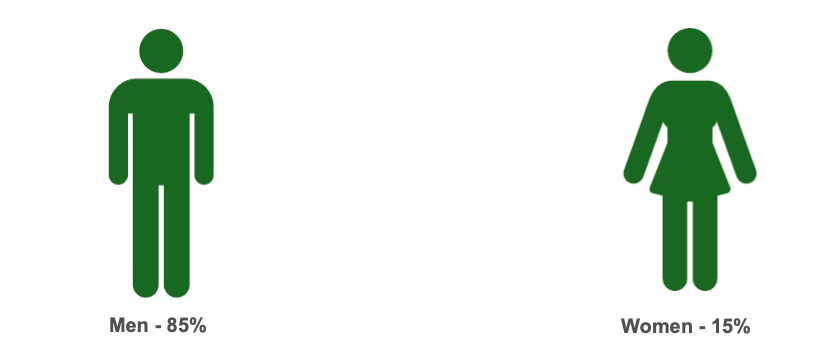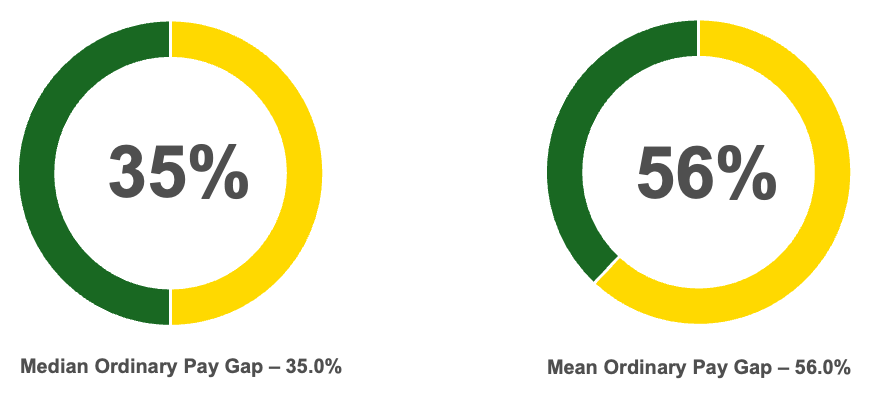Gender Pay Gap Report
Tuckwells Gender Pay Gap Report – 2023
Introduction
Through organic growth and the acquisition of a neighbouring dealerships, P Tuckwell Ltd now employs over 250 people. As a result, the company is publishing its Annual Gender Pay Gap Report as required by law under The Equality Act 2010 (Gender Pay Gap Information) Regulations 2017 and relates to a snapshot date of the 5th April 2023.
The gender pay gap is different to equal pay. The gender pay gap is the difference in average hourly earnings between all women and all men across an organisation. It is based on hourly rates paid directly to employees before tax and national insurance contributions are deducted. Equal pay is the difference in pay for men and women who carry out the same or similar job or work of equal value. It is unlawful to pay people unequally because they are a man or woman.
Data published
As required by the regulations the company is publishing the following data:
- the difference in the median hourly pay of men and women, expressed as a percentage
- the difference in the mean hourly pay of men and women, expressed as a percentage
- the proportion of men and women who received bonus pay
- the difference in median hourly bonus pay, expressed as a percentage
- the difference in mean hourly bonus pay, expressed as a percentage
- the percentage of men and women in each of four quartile pay bands
Basis for the calculations
The median gender pay gap is calculated by sorting all male employees in order of their pay, with the lowest paid first and the highest paid last and selecting the person in the middle of the list. This is repeated for female employees. The difference in pay of the median female employee relative to the male equivalent is then calculated as a percentage.
The mean gender pay gap is calculated by adding up the pay of all male employees and dividing this by the number of male employees. This is repeated for female employees. The difference in mean pay of female employees relative to the male equivalent is then calculated as a percentage.
Hourly pay is the sum of ordinary pay and additional allowances paid in the pay period which ended on the snapshot date (5th April 2023) and excludes overtime.
Bonus pay includes financial rewards of several types such as bonus payments relating to performance, incentives and commission paid to employees in the 12 months prior to the snapshot date. Bonus pay excludes hourly pay.
Quartiles are values that divide data into quarters. When the pay data of all employees is organised sequentially, it is then divided into quarters: the lowest 25% of numbers (lower quartile); the next lowest 25% of numbers (lower middle quartile); the second highest 25% of numbers (upper middle quartile); and the highest 25% of numbers (upper quartile). Pay quartiles are calculated by hourly pay rates rather than company specific pay bands.
Gender Pay Gap Data
On the snapshot date of the 5th April 2023 the company employed 280 permanent or fixed term employees.

Based on data taken on the 5th April 2023, the median ordinary pay for men was 18.9% higher than for women and the mean ordinary pay was 9.6% higher.
Bonus Gender Pay Gap


Based on data taken on the 5th April 2023, the median bonus pay for men was 35% higher than for women and the mean bonus pay was 56% higher.
Pay Quartiles

Interpreting the data
This is the second year the company has reported its gender pay data so it is now possible to compare results. Whilst the proportion of male and female employees is unchanged at 85% and 15% respectively, the company is pleased to report that the data shows there has been a narrowing in the pay gap between men and women. The Median Ordinary Pay Gap has reduced from 22.8% to 18.9% and the Mean equivalent has reduced from 10.3% to 9.6%. The proportion of women receiving a bonus has increased from 68% to 79% with the Median Ordinary Pay Gap reducing from 50.0% to 35.0% and the Mean equivalent reducing from 62.0% to 56.0%. The Pay Quartiles for all categories remain the same as last year.
The business is primarily involved in the agricultural and turf care machinery sectors which are traditionally male dominated. The majority of the roles in the business are technical and engineering based. Unfortunately there continues to be a national shortage of trained male and especially female engineers. The company runs an extensive technical training and apprenticeship programme which helps develop the skills needed. That said, the number of female applicants for many of the positions the company wants to fill is extremely low although this has improved over the last two years.
The percentage of men and women in each pay quartile shows that most women are in the lower two. Many people have progressed through the company into senior positions through a period of long service. With the higher proportion of men than women this has meant that men fill most senior positions. That said, there are two women on the senior management team and an increasing number of middle managers are now women. This has helped to increase the profile of women in the company and create a culture which is challenging the gender mix.
Based on ordinary pay, men are paid 9.6% more than women using the mean and 18.9% more when using the median. Although an improvement on the previous year this is a wide gap compared with the national median average of 7.7%. The company is confident that men and women are paid equally for doing the same roles, however there are more men than women employed in the higher paid positions.
The figures show that 82% of men received bonus pay, compared with 79% for women. The last 12 months have seen more female employees receive a bonus and the bonus pay gap has narrowed although it remains significant. This is because there are more men employed in senior management and machinery sales positions which have the potential for higher bonuses, incentives and commission.
Addressing gender pay gap differences
The company is pleased that the pay gaps are reducing but is not complacent and does not underestimate the work needed to bring these down further. The company continues to work on reducing the gaps in ordinary and bonus pay by recruiting and retaining more woman in roles that have both higher pay and the opportunity to secure larger bonus payments.
There is a continuous review of the recruitment process, using job-specific selection criteria to ensure fairness and inclusivity. The company benchmarks all salaries externally to ensure compensation is fair for the jobs they do and in line with the external job market.
Everyone is encouraged to use their voice through the annual employee engagement survey which is used to understand the views of all the people and drive improvements in key areas for recruitment and employee retention, namely communication, training and development, working environment, performance recognition, pay and benefits.
The company takes diversity and inclusion seriously. It continues to cultivate an environment that provides equal opportunities for career development regardless of gender.
1st April 2024





















